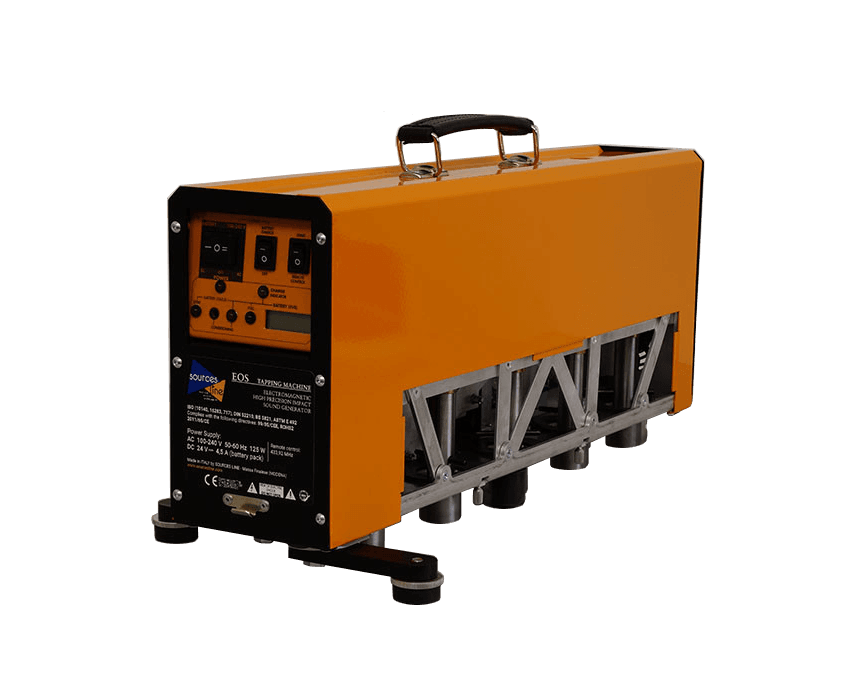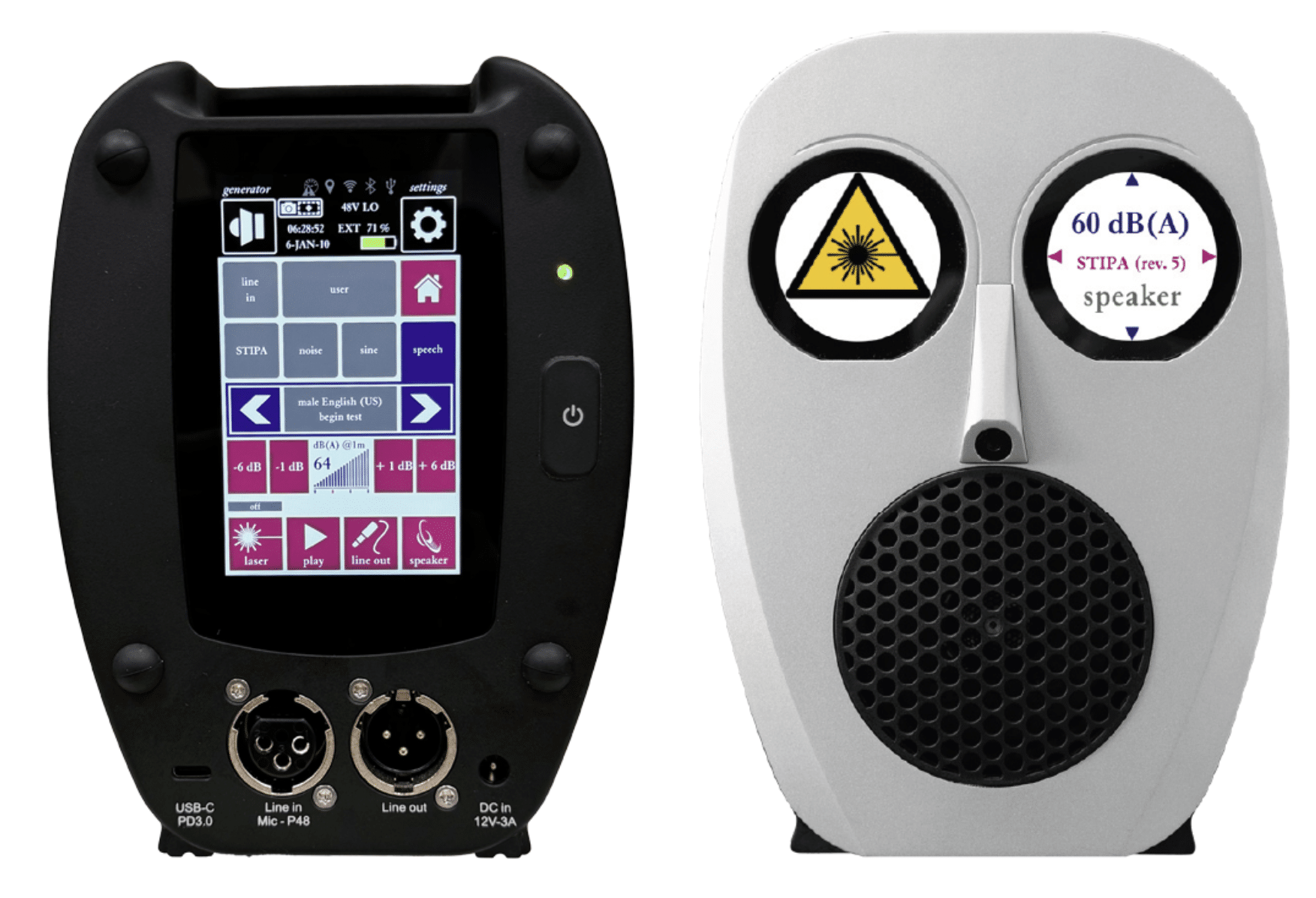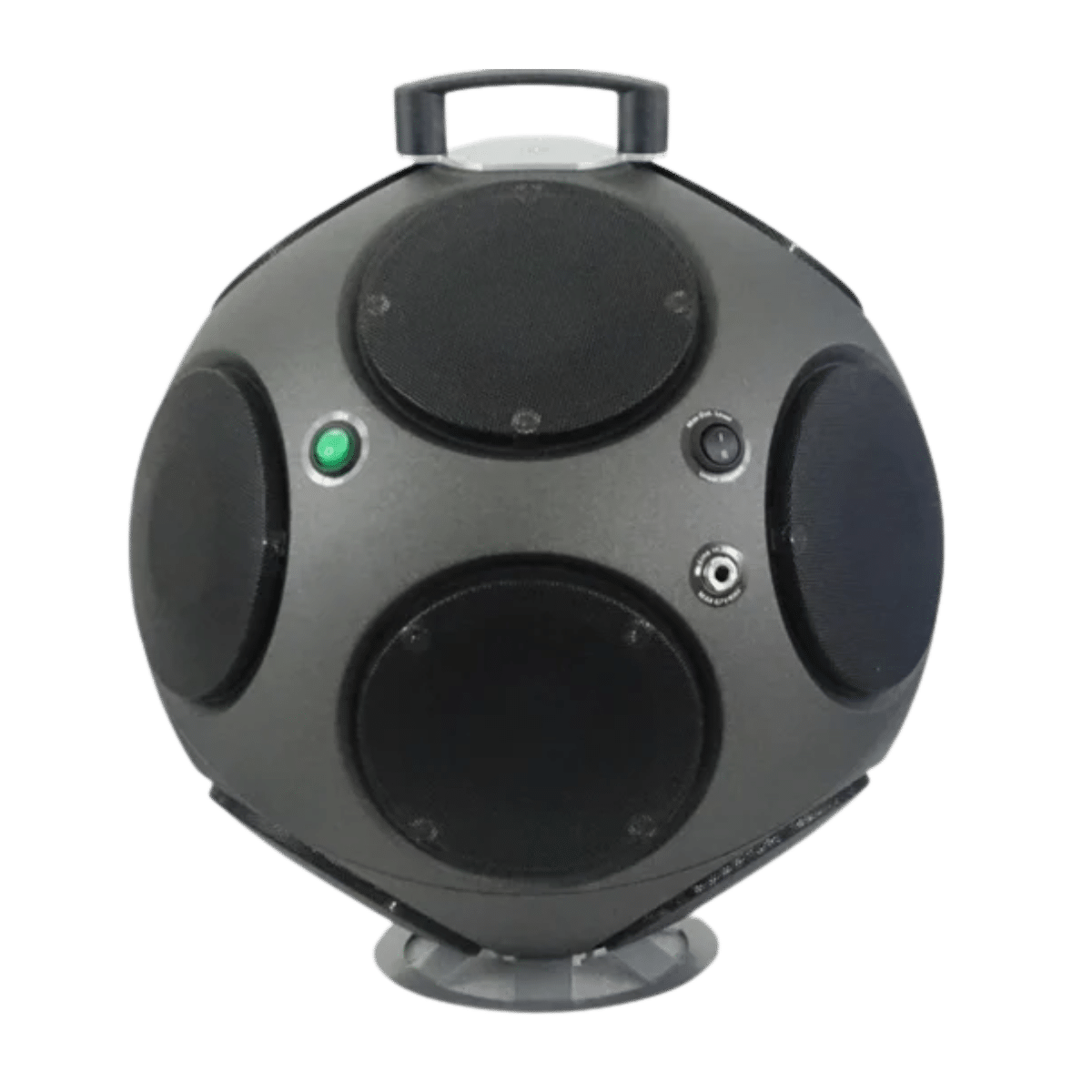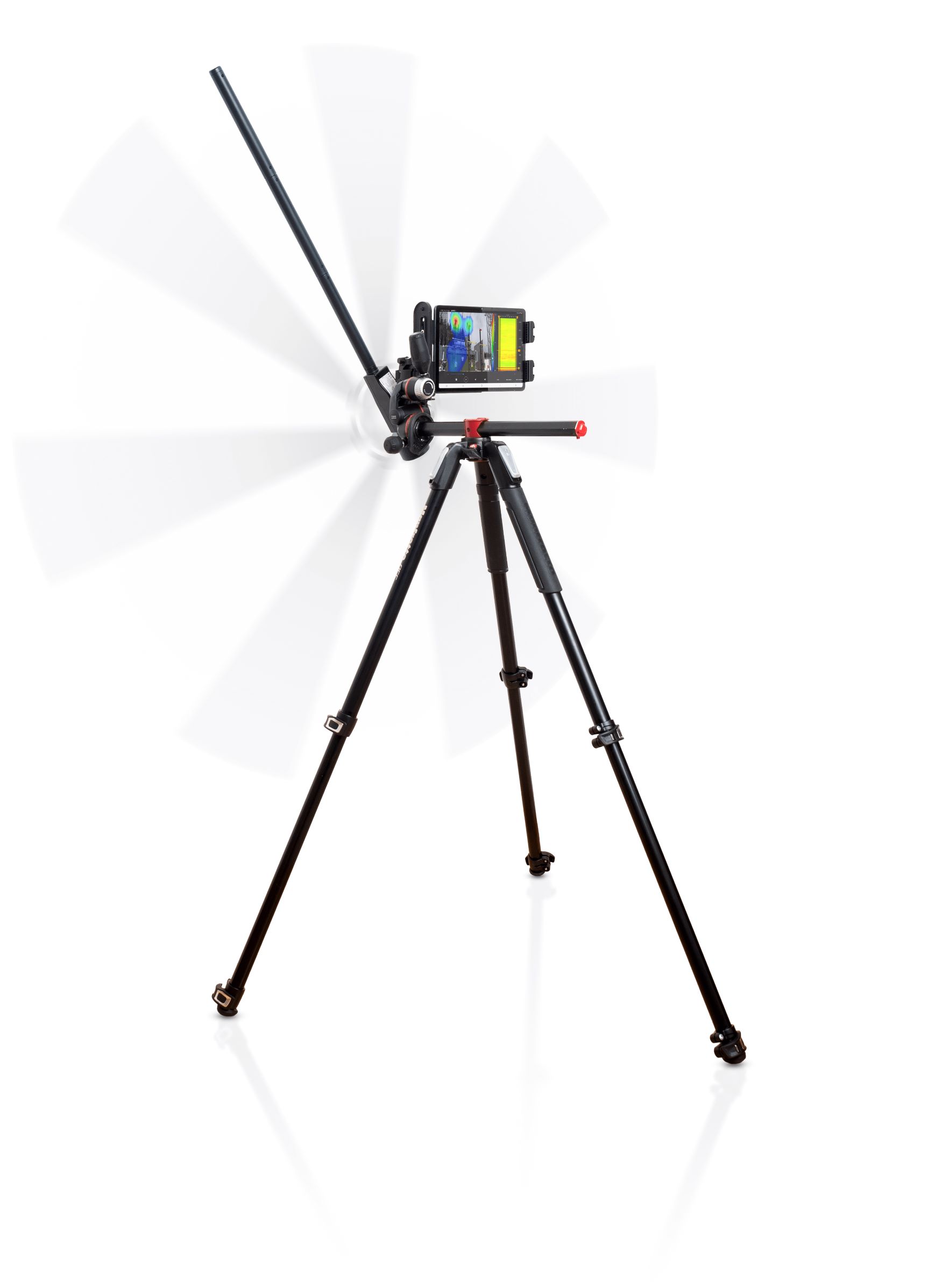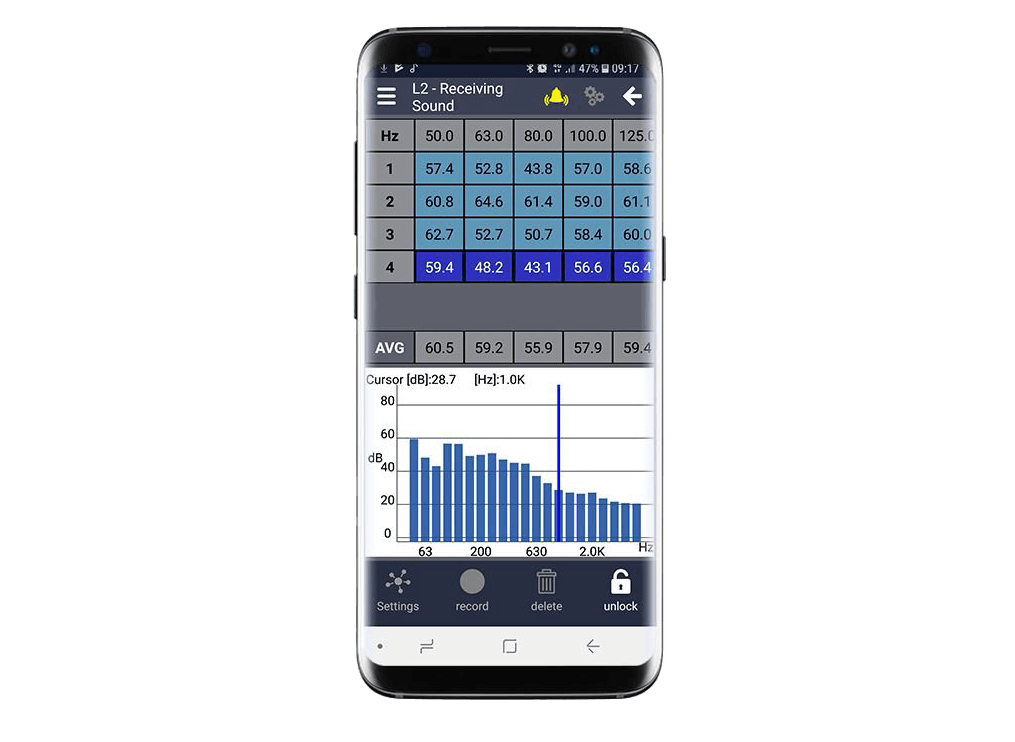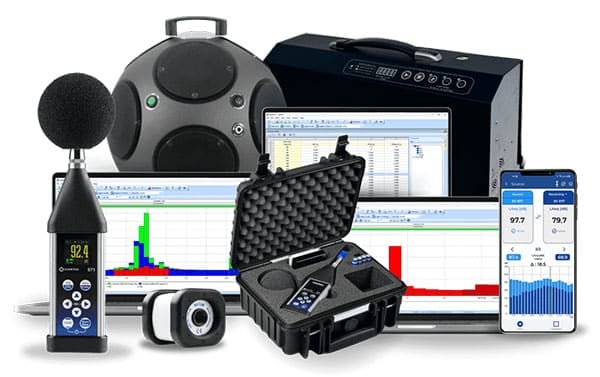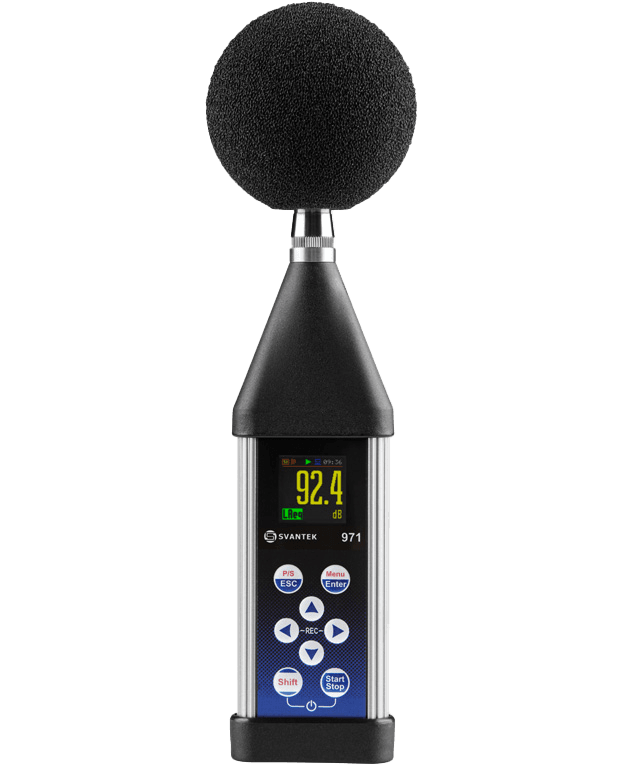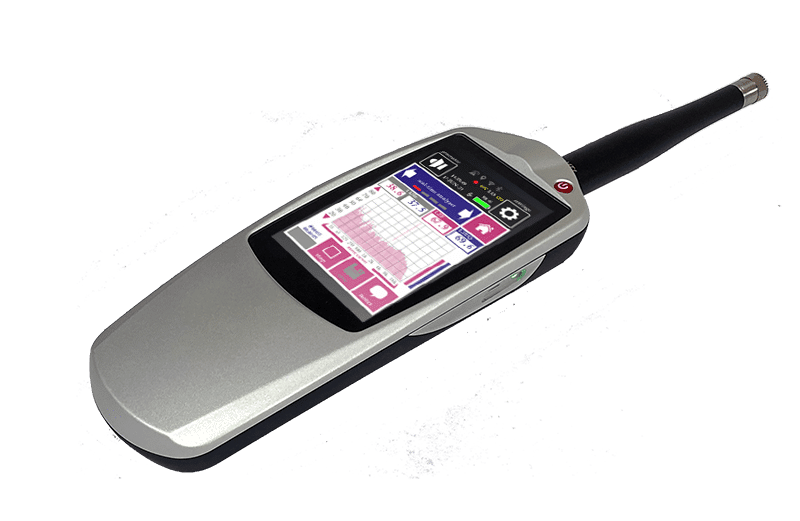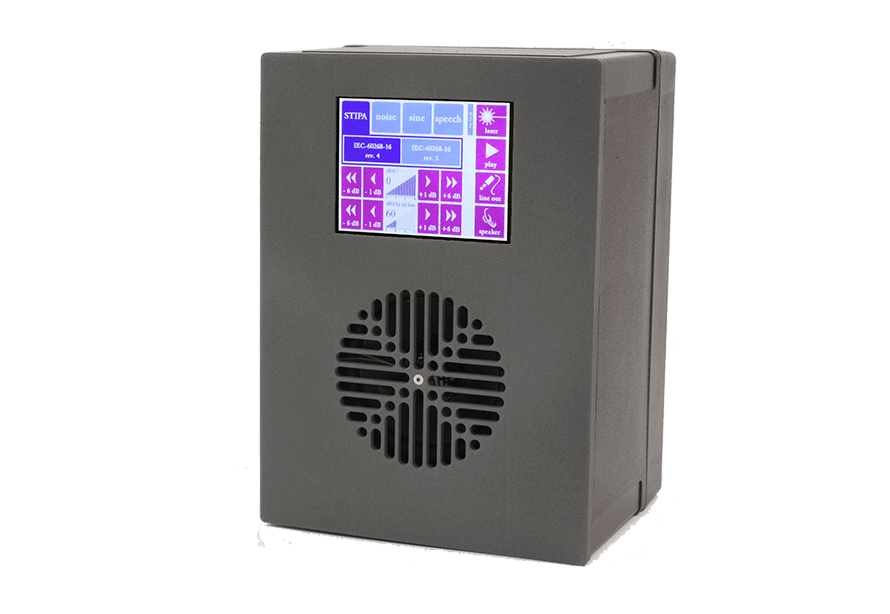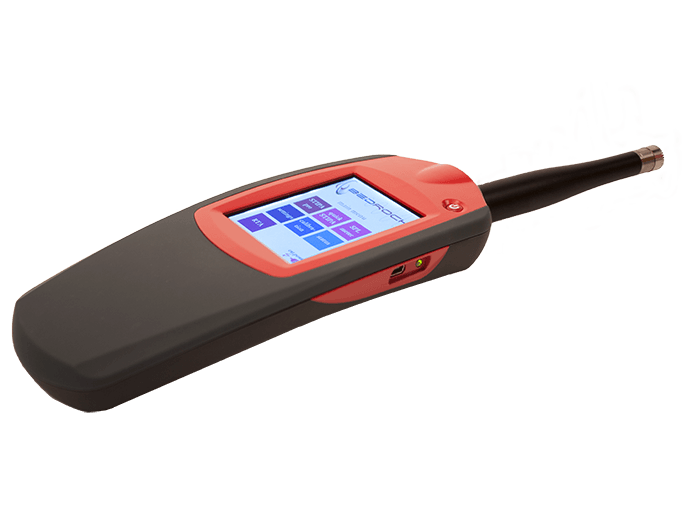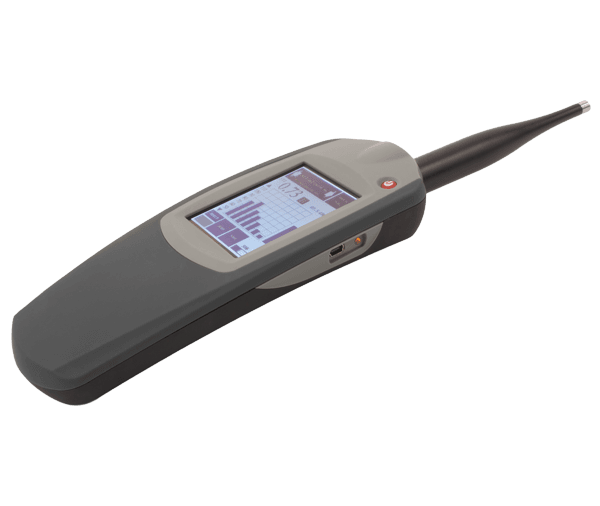Understanding Building Acoustics and STiPA
Building acoustics is the study and control of sound within buildings. It addresses how sound travels through air and structures and how it is absorbed or reflected by different materials. Whether you’re designing a concert hall or apartments, understanding building acoustics ensures that sound supports, rather than disrupts, its intended purpose.
Types of Noise in Buildings: Airborne & Impact
There are two main sources of noise within built environments: airborne noise and impact noise. Airborne noise includes things such as speech, music, and even mechanical sounds that are transmitted through the air, whilst impact noise typically originates from building structures, for example, footsteps on a floor or doors slamming shut.
What does STIPA Stand For?
STIPA stands for Speech Transmission Index for Public Address systems. It is a standardised test used to assess speech intelligibility in spaces where voice alarm or public address (PA) systems are in use. The STIPA test signal simulates real speech patterns, making it a reliable and repeatable method for measuring how easily spoken messages are delivered and understood.
Why STIPA Testing Is Essential In Certain Types Of Buildings
Buildings with voice alarm systems or PA announcements must ensure that any messages are clearly understood during emergencies. Measuring speech intelligibility using the STIPA method provides a quantifiable measure of clarity. It is especially important in environments such as transport hubs, factories, and schools, where unclear instructions could have severe consequences.
Performing a STIPA Test
A STIPA test involves playing a standardised text signal through a PA system and measuring how intelligible the signal remains at different points within a space. A sound level meter with STIPA capability is used to analyse the signal. This identifies areas with poor clarity and allows adjustments to be made to improve system performance.
Equipment Required for STIPA Measurements
Accurate STIPA measurements require specific equipment, such as a STIPA test signal source, a calibrated sound level meter, or a measurement microphone. AcSoft provides high-quality instrumentation and calibration services to ensure compliance and precision. You can explore our calibration and rental options to find the best solution for your needs.
How AcSoft Support Speech Intelligibility Testing
At AcSoft, we offer a comprehensive range of equipment for building acoustics and STIPA measurements, supporting professionals in sectors such as healthcare, education, and manufacturing. Our expertise helps clients meet acoustic regulations with confidence. You can find more on our About Us page or reach out directly via our Contact page.
